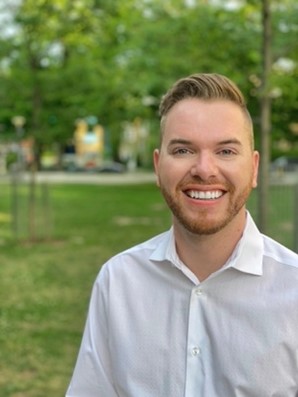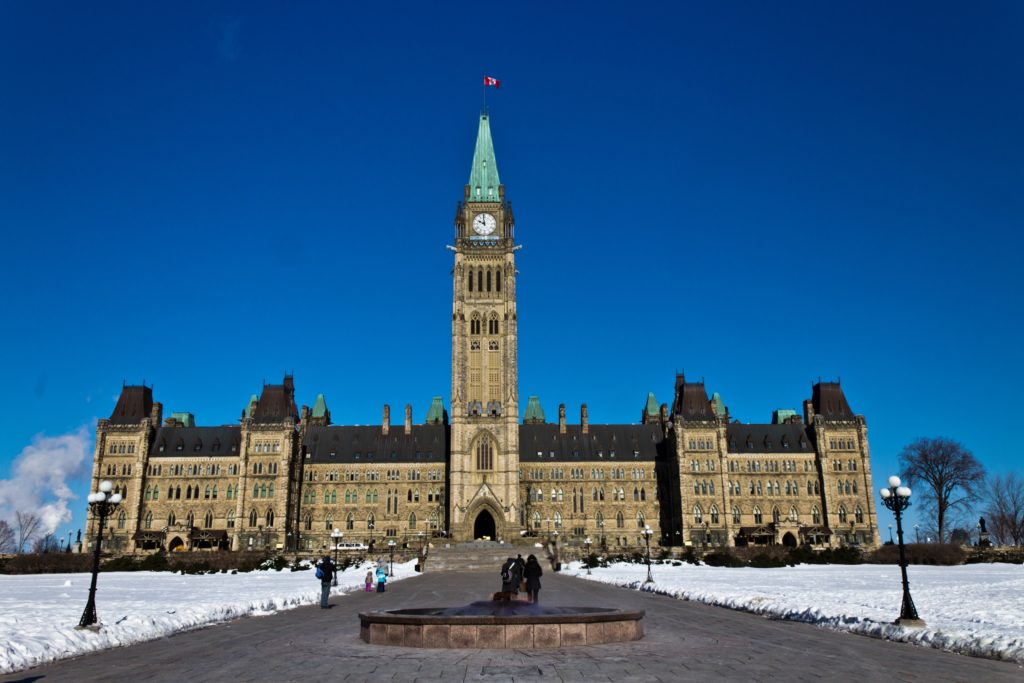Through storytelling meetings with First Nations people living with HIV/AIDS, a health researcher gains key policy and funding recommendations ― nothing short of a call for action that will help to decolonise the HIV cascade of care for Indigenous Peoples.
Health Professor Sean Hillier, a Mi’kmaw scholar from the Qalipu First Nation, Chair of the Indigenous Council at York University and special advisor to the dean of Health on Indigenous Resurgence, is a driving force for positive change. He is an expert on the impact of policy on health care delivery in First Nations communities and in particular for those living with HIV/AIDS.

The findings of his research, funded by the Canadian Institutes of Health Research, were recently published in the International Journal of Indigenous Health (2020) – the article, “Decolonising the HIV Care Cascade.”
In this groundbreaking research, conducted in partnership with the Ontario Aboriginal HIV/AIDS Strategy and 2-Spirited People of the 1st Nation and in collaboration with Ryerson University and the Ontario HIV Treatment Network, Hillier met with First Nations people living with HIV. Participants shared their life’s journey, using the traditional method of storytelling, and offered participant-driven recommendations for ways to improve access to care and services. Indigenous ways of knowing and being form a central part of this work.

It was a resounding success for community-led research and giving voice to people living with HIV: the researchers gained 29 policy and funding recommendations, including how to improve access to culturally appropriate care and services, and increase funding for provincial disability benefits.
“These are important steps in decolonizing the HIV care cascade,” Hillier explains. “Indigenous Peoples in settler colonial nations like Canada continue to experience intergenerational trauma, racism, socioeconomic disadvantages and pervasive health disparities resulting from centuries of systemic oppression."
Hillier is a queer Mi’kmaw scholar. His research focuses on how policy shapes and impacts health care for First Nations Peoples. He conducts community-based and engaged research with a focus on Indigenous methodologies and ways of knowing and being.
Existing set-up thwarts positive outcomes for Indigenous Peoples
The need for this work is vital. There is a disproportionate burden of HIV within Indigenous populations in Canada, coupled with a lack of access to care and services.
The concept of an HIV treatment cascade was developed to help identify gaps in the continuum of care. This tool outlines the stages of care people living with HIV encounter, starting from testing and diagnosis, to initiating antiretroviral treatment, and finally, treatment.
But the cascade, as it stands today, does not yield positive outcomes for Indigenous Peoples living with HIV, Hillier emphasizes. “If it were working, we would not be seeing the dramatic increases in infection rates year over year,” he states.
Researchers spoke with 29 First Nations people living with HIV and AIDS
In this research, Hillier met with 29 First Nations people living with HIV and AIDS in Ontario. The participants shared their experiences of colonial trauma and how the combination of racism and HIV stigma has affected their ability to seek confidential, culturally competent care.
The interviews took place in Toronto, Thunder Bay, North Bay, Sudbury, Hamilton and Chatham. Thirteen participants identified as male; 12 as female; and four as two-spirited. The average age of participants was 48 years, with an average monthly income of $1,362. All participants identified as recipients of the Ontario Disability Support Program.
Suggestions aimed at specific stakeholders
The researchers put forward recommendations, abridged below, which are specific requests to various stakeholders.
Recommendations for the Federal government
- Create a policy that clearly details the government’s responsibility for funding HIV and AIDS care and services for First Nations people living on reserves.
- Provide adequate, long-term funding for HIV and AIDS care, treatment, programming and services in First Nations communities.
- Provide funding for culturally based healing treatment for Indigenous Peoples living with HIV and AIDS; for HIV education in First Nations communities, with a focus on youth; and funding to increase access to harm reduction measures across the north (this includes safe injection sites for individuals who use drugs).

Recommendations for the Provincial government
- Increase funding of the Ontario Disability Support Program (ODSP) for people living with HIV and AIDS.
- Provide funding for AIDS service organizations (ASOs) that would provide access to healing treatment for Indigenous Peoples living with HIV and AIDS.
- Implement Indigenous cultural safety training for medical care professionals and physicians.
Recommendations for Indigenous communities and political organizations
- Work towards addressing the issue of HIV and AIDS stigma within their communities and be open to HIV and AIDS education and harm reduction initiatives undertaken by other levels of government and ASOs.
- Educate members of their council and respective health care teams about HIV and AIDS, confidentiality, stigma and the supports they can provide.
Recommendations for non-Indigenous HIV and AIDS community organizations
- Educate staff members about colonization and the unique issues faced by Indigenous Peoples.
- Work with Indigenous groups and ASOs to set up competent programming and services for Indigenous Peoples.
- Implement competent programming and services for Indigenous women, in recognition of the disproportionate violence Indigenous women face.
- Establish programming and services for heterosexual Indigenous males, in recognition of the growing incidence of HIV in this group.
Recommendations for Indigenous HIV and AIDS organizations
- Implement programming and services for Indigenous Peoples; HIV education in First Nations communities and urban areas with a focus on youth; and HIV harm reduction practices that can be deployed in remote or hard to access First Nations communities alongside urban centres.
- Partner with non-Indigenous ASOs to assist in the implementation of programming and services for Indigenous People.
- Ensure targeted programming and services for women and safeguard targeted programming and services for heterosexual males.
Research seen as call to action
Hillier says this is a call to action and these recommendations should “act as a resurgence of Indigenous voices to claim agency over the funding, cultural competency and support needed to achieve wholistic well-being and engage in all levels of the HIV care cascade.”
He emphasizes that resurgence is a way to restore Indigenous nationhood.
Research inspires artist

Inspired by the stories in this research project, 2-Spirit Ojibway Woodland artist Patrick Hunter painted “Talking Stick,” which features this tool used for generations in First Nations cultures when discussing serious issues.
The seven eagle feathers represent the seven grandfather teachings that the artist believes were needed for people to actively share their stories. Below this, sacred medicines burn, creating a good space for the stories to be shared. Encircling the imagery is the artist’s interpretation of the AIDS ribbon painted as a sweet grass braid.
To read the research paper, visit the journal’s website. To learn more about Hillier, visit his Faculty profile page.
To learn more about Research & Innovation at York, follow us at @YUResearch; watch our new animated video, which profiles current research strengths and areas of opportunity, such as Artificial Intelligence and Indigenous futurities; and see the snapshot infographic, a glimpse of the year’s successes.
By Megan Mueller, senior manager, Research Communications, Office of the Vice-President Research & Innovation, York University, muellerm@yorku.ca
